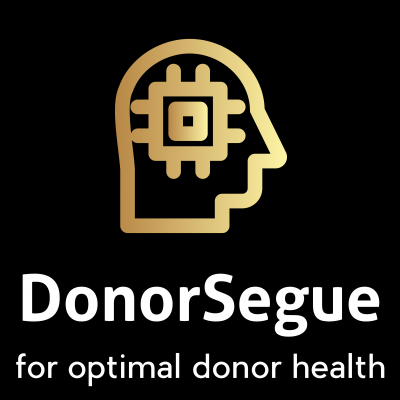Specimen #4
Data Analytics Case Study on Generational Giving
01
Client’s Presenting Problem: One of our rescue mission clients challenged us to provide them with answers to several key data-related conundrums:
Data Q1:
They were intrigued by the prospect of applying “moves management” principles to their donor database in an effort to maximize giving, but they weren’t sure how this could play out from a practical standpoint.
Data Q2:
Providing a dynamic content experience for each donor is optimal. But spending hundreds of hours figuring out those audiences, segmenting giving arrays and creating targeted messages was not a good use of time for a small development office.
Data Q3:
The client had anecdotal data that indicated there were generational gaps of donors on their file and wanted to know how best to identify, communicate appropriately, and fundraise given the file differences.
02
Our Diagnosis: We used our proprietary data analytics tool, DonorSegue to analyze thousands of data points that would drive segmentation strategies instantaneously while learning trends, identifying isolated incidences and providing other crucial information And we were able to diagnose and discover the key factors from the client’s own donor data to help move donors through a 1:1 relationship experience with the organization.

03
The Results: Key Findings from the DonorSegue analysis yielded these answers:
Data Q1:
Currently, second gifts take a long time to achieve, but we also discovered that those next gifts are higher. Takeaway: Driving 2nd gifts more quickly can grow revenue and drive higher impact for the organization.
Data Q2:
Contextualizing digital giving arrays, designed to drive higher gifts, is crucial as a next-level advancement of the program. What we found:
- The average gift, age excluded, for a donor’s first gift is significantly less than the value of their fourth gift and beyond
- The modeling showed that by the fourth gift, they are likely at maximum value for converting to monthly donors
Data Q3:
Our data analysis showed some key findings related to generational giving for this rescue mission. Namely:
- Largely across many appeals, those between 40-49 years of age have the highest average gift
- We saw average gifts for first-time, second-time and more frequent donors across campaigns and “unknown” gifts
- We were able to dive into which appeals drove higher average gifts and any correlations back to their giving history
- Under 30, with an income of $125k or more is the sweet spot for highest average gift from current donors
- For those age 60-69 and 70+, the average first gift is significantly lower than other age groups
- The highest performing donor group (of the top 20% of donor revenue) comes from those 70+, despite lower average gifts
